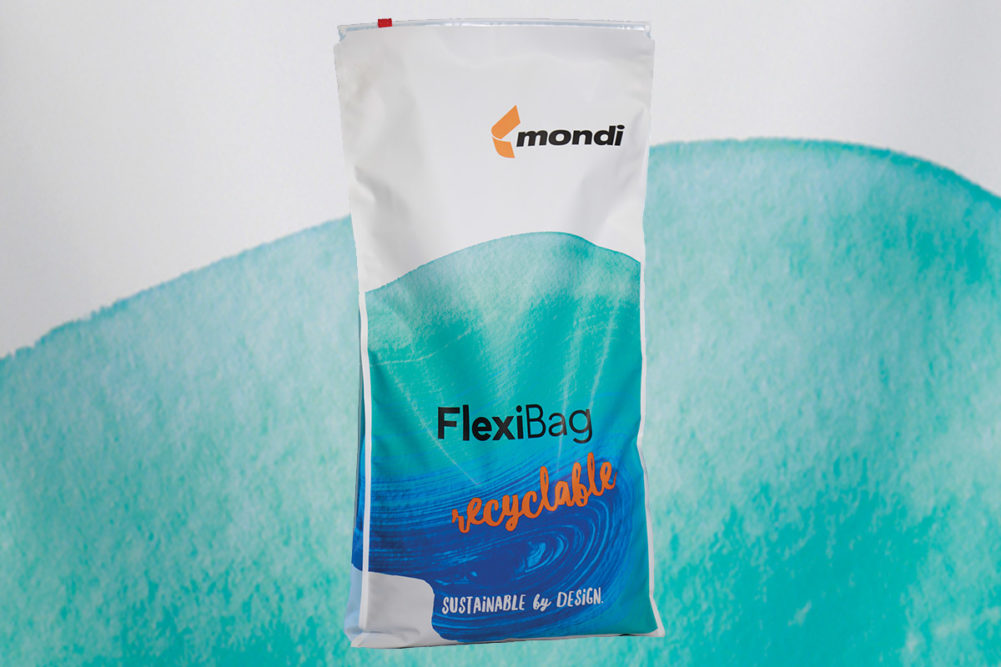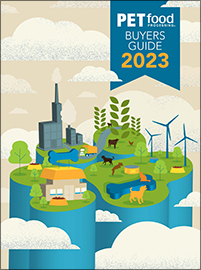This article was published in the September 2021 issue of Pet Food Processing. Read it and other articles from this issue in our September digital edition.
Premium pet food products are playing a big role in the market, but when it comes to the packaging of these products, consumers are increasingly looking for this premiumization to be displayed on pack in a way that is environmentally responsible.
“From our perspective, pet humanization is driving all major trends in pet food and is basically replicating our own purchasing and consumption behaviors in our pets,” said Rudolf Schaich, market development manager, Printpack, Atlanta.
Given this fact, Dennis LaPointe, senior director of packaging, Alphia, Bern, Kan., identified making strides toward increased sustainability, offering printing enhancements and convenience features, and an increased emphasis on packaging supply chains as the major trends currently impacting packaging innovation in the pet food industry.
Signing on to sustainability
The first challenge when developing packaging products that meet these specific requirements is defining a broad concept such as sustainability.
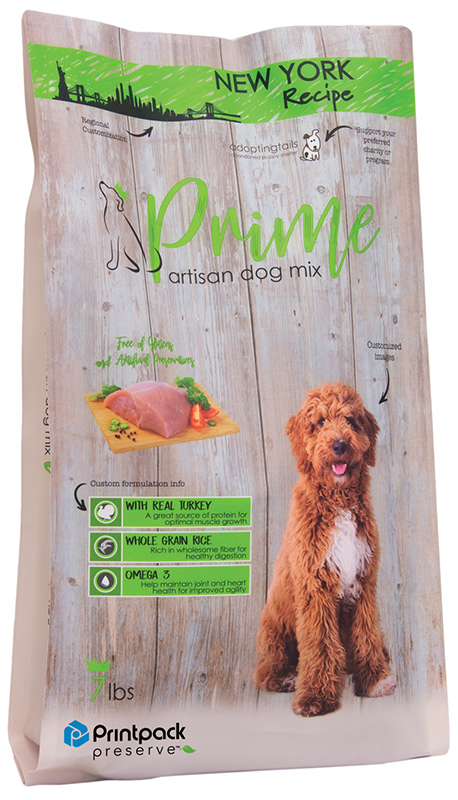 The sustainability focus around packaging tends to center on recyclability and renewable resins. (Source: Printpack)
The sustainability focus around packaging tends to center on recyclability and renewable resins. (Source: Printpack) “Most companies are looking to have a sustainable claim, but not everyone has a clear idea of what a sustainable package should look like,” Schaich said.
To narrow down the definition of sustainable pet food packaging, Schaich said the industry has largely decided to focus on recyclability and renewable resins. LaPointe agreed.
“Sustainability has become a renewed focus area in the pet food space,” LaPointe said. “As technologies, recycle streams and costs improve – brand owners are taking notice. For pet food bags, many companies are starting to look at post-consumer resin or 100% recyclable options via store drop off. As shoppers become more educated, they are not just interested in what is good for that pet, but what is also good for the environment.”
Melissa Bauer, director of strategic initiatives and sustainability programs for the Pet Sustainability Coalition (PSC), Boulder, Colo., said she sees one of the biggest ways companies are demonstrating their commitment to sustainability is through signing onto commitments such as the New Plastics Economy Global Commitment and the US Plastics Pact. These agreements are led by the Ellen MacArthur Foundation in collaboration with the UN Environment Program and encourage a move toward 100% recyclable, refillable or compostable plastic packaging by 2025. With this, the goal is to see 50% of plastic packaging actually being recycled or composted by 2025. It also encourages the elimination of unnecessary plastic packaging through redesign, innovation or new delivery models.
Bauer said with big players such as Nestlé, Unilever, PepsiCo and Mars agreeing to such large commitments, the importance of joining these efforts is spreading quickly to the pet food industry.
“It’s also an important signal to the market,” Bauer said. “When you have the big companies making these commitments, that is a signal that these types of technologies need to exist across the supply chain.”
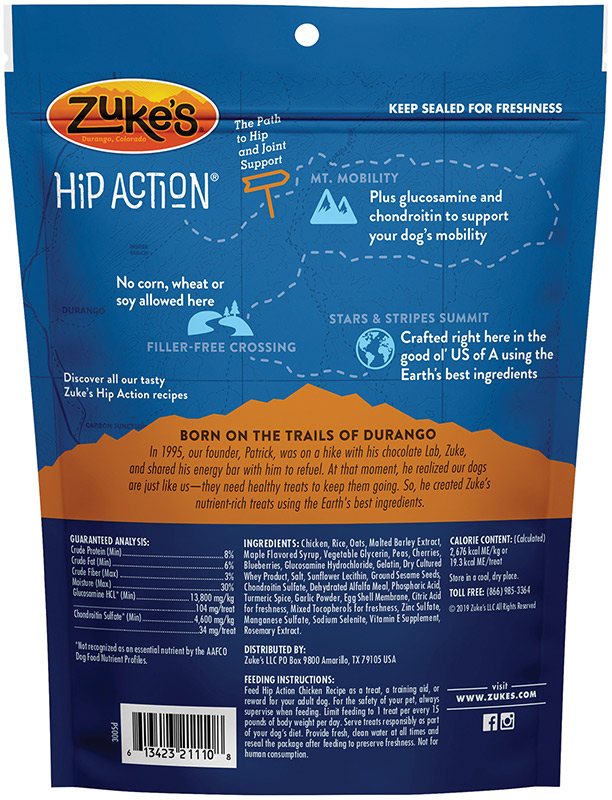 Consumers look to packaging to share information about the brand’s story. (Source: Zuke’s)
Consumers look to packaging to share information about the brand’s story. (Source: Zuke’s)Bauer also said these commitments are a strong market indicator that the entire industry needs to work collaboratively across the supply chain and industry to make such goals happen. The infrastructure for the collection systems to support such recycling efforts needs to continue to grow.
“No one brand can solve this on their own,” Bauer said.
Bauer said the recyclability of products is becoming increasingly noticeable to the consumer because 99% of all packaging of pet food is not currently recyclable, and the bag is what is being left in the consumer’s hand after the product is gone. She said the ultimate goal would be to have recyclable bags manufactured using recyclable content.
LaPointe said post-consumer resin material is currently the primary driver of recyclability and will be as the technology continues to spread and develop.
Bauer said offering more sustainable and recyclable packaging can be more practical for a company offering only pet food, but for larger companies with a greater breath of products, it becomes much more of a challenge.
Schaich said Printpack is working to develop a more sustainable solution for e-commerce products, which typically require being shipped in an additional package.
“The ideal solution would be to create and certify a package that ships in its own container,” he said.
“The ideal solution would be to create and certify a package that ships in its own container,” said Rudolf Schaich, Printpack.
He said another packaging challenge the company is facing is finding the right combination of materials to develop an easy-to-open package for 40- to 50- lb bags of high-content dry food. He said the challenge is to make this kind of packaging sustainable while also delivering a premium look and being able to support drop-testing.
With all this emphasis on making more environmentally conscious packaging decisions, it is becoming clear companies focusing on such sustainable efforts will see a return to their business.
“Businesses are starting to feature sustainable brands on their websites,” LaPointe said. “It’s driving some market advantages to brands willing to make that change.”
Enhancing printing, convenience and premiumization
Appearance also matters, and consumers are more likely to notice eye-catching packaging.
“Packaging is often considered the first impression to sell a product, regardless of if it is on-shelf or online,” LaPointe said. “Brand owners are spending more time creating packaging with high-definition art and convenience features such as resealable components, product windows, or materials that improve shelf life.”
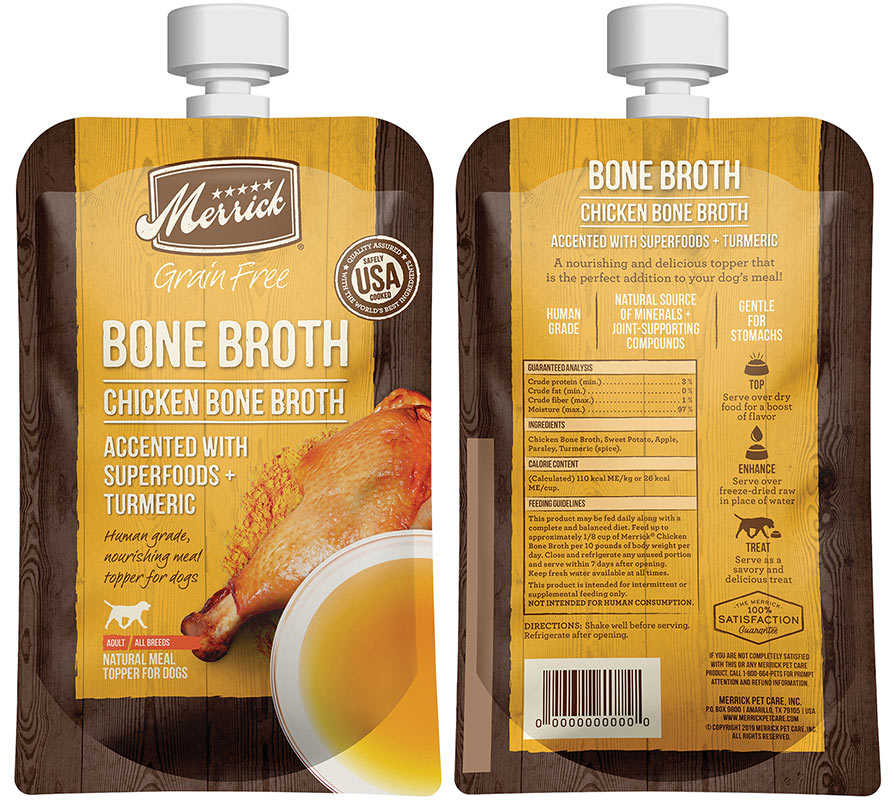 As the format options for food and treats continue to widen, packaging will need to accommodate emerging formats while providing enough available space for the brand to inform pet owners about the product. (Source: Merrick Pet Care)
As the format options for food and treats continue to widen, packaging will need to accommodate emerging formats while providing enough available space for the brand to inform pet owners about the product. (Source: Merrick Pet Care) LaPointe said there is much activity currently in the industry surrounding new product innovation, and the packaging needs to highlight the innovation to set a brand apart.
In terms of art enhancements, LaPointe said Alphia is specifically working with variances of soft matte and gloss packaging, some metallic packaging, windows into the products that allow consumers to see if there are any inclusion pieces, and various zipper and closure features. He said some brands are even looking to include loyalty features such as a coupon or code on pack.
Similarly, Bill Kuecker, vice president of marketing, Mondi North America, Jackson, Mo., said the company has built in a capability for customers to add a variety of customizable convenience features on all pet food packaging. These include easy-open features, resealability, and handles on large pet food packaging for carrying. In addition, these features are available on their sustainable products designed for recycling.
“Convenience factors were especially important to households with kids,” Kuecker said, referring to Mondi research. “These respondents ranked a variety of convenience factors as being more important to them, which highlights the continued importance of packaging-related convenience features for busy households.”
“Clarity of information on packaging has increased in importance, especially for consumers who have ‘pandemic-acquired’ pets in comparison with those who are long-time pet owners,” said Bill Kuecker, Mondi North America.
Kuecker said the clarity of information on packaging has increased in importance, especially for consumers who have “pandemic-acquired” pets in comparison with those who are long-time pet owners. He said newer pet owners are still finding their favorite pet food brands and continue to test different products and study packages intently.
Supporting this idea and according to Mondi’s research, he shared graphics and colors that help packages stand out were considered extremely or very important to 30% of consumers who had their pets for less than one year, compared to 19% of consumers with a longer-term pet family member.
“Creative brands have used our capability to create premium graphics, often with registered finishes, as a powerful tactic to stand out on-shelf and attract convenience-driven pet food consumers,” Kuecker said.
In addition, Kuecker said the company’s research shows consumers are interested in learning more about a brand’s story, and on-pack information is a great way to deliver and reinforce that message. He said brands have previously been limited on the amount of information that can be included on packaging while maintaining readability, but Mondi has released Ultra HD Flexographic Print to address this consumer need for standout graphics and readability even in small fonts.
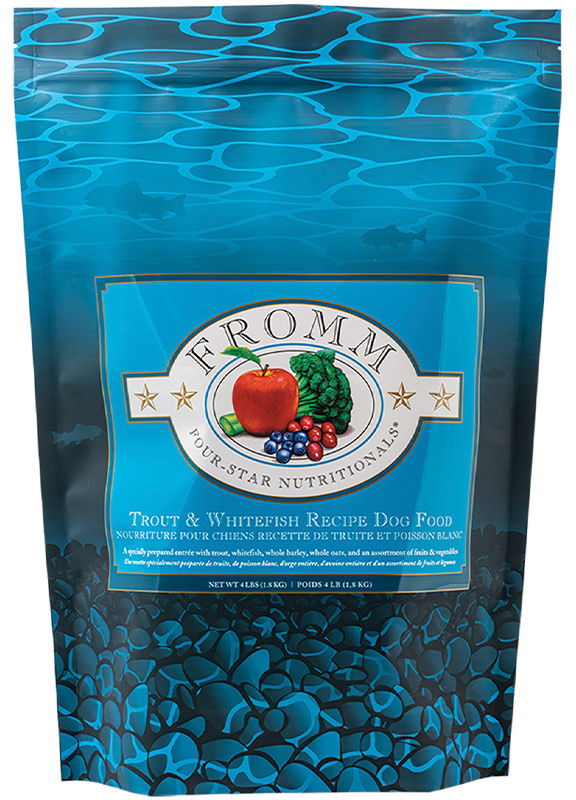 High-definition art on packaging is used to attract attention and communicate a level of quality about the product inside. (Source: Fromm Family Foods)
High-definition art on packaging is used to attract attention and communicate a level of quality about the product inside. (Source: Fromm Family Foods)
All these graphics and methods also help communicate premiumization, which Schaich said primarily focuses on consumers seeking products related to health and wellbeing with benefits for individual conditions and functionality. Overall, consumers are wanting to learn about the brand and how it can help improve their pet’s health.
Ensuring a secure supply chain
Creating packaging with all these features is only possible if a company can source the packaging materials, and the pandemic has presented challenges in this area.
“The last year has put a new emphasis and scrutiny on packaging supply chains,” LaPointe said. “Companies are beginning to rethink domestic versus international sourcing, inventory stock levels and secondary sources of supply. Let’s face it, if you miss or delay a launch because of inability to secure materials, your competitor will be ready to fill that consumer void with their own products.”
LaPointe said any materials coming from overseas have seen lead times doubled or tripled during the pandemic, making it important to order early and often. Fortunately, he said domestic supply chains have not seen the same levels of lead time extensions as what’s been seen on the international stage.
As pets continue to be integrated as members of the household, the purchasing patterns of their human parents often reflects what they buy for themselves. Individualized nutritional needs and diets are top-of mind, and packaging that is environmentally responsible while delivering on convenience and communicating the premium nature of the products will continue to drive the market.
Read more about packaging solutions and trends for pet food and treats.

